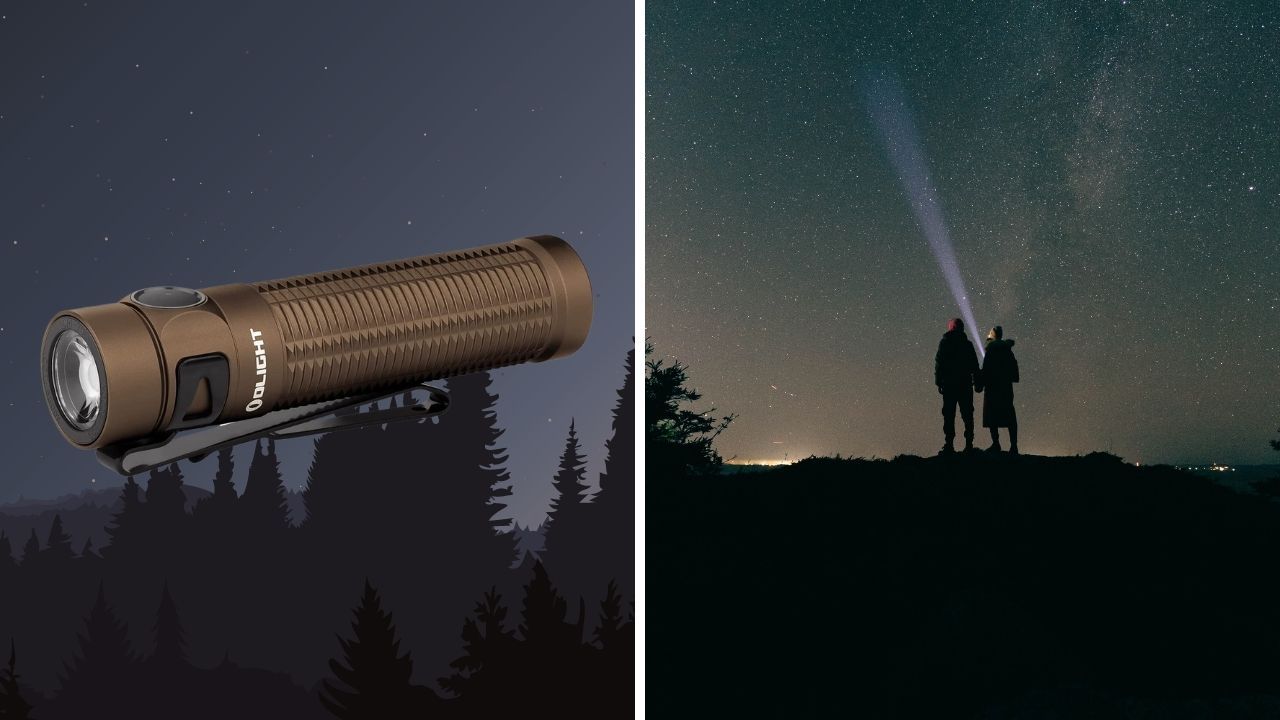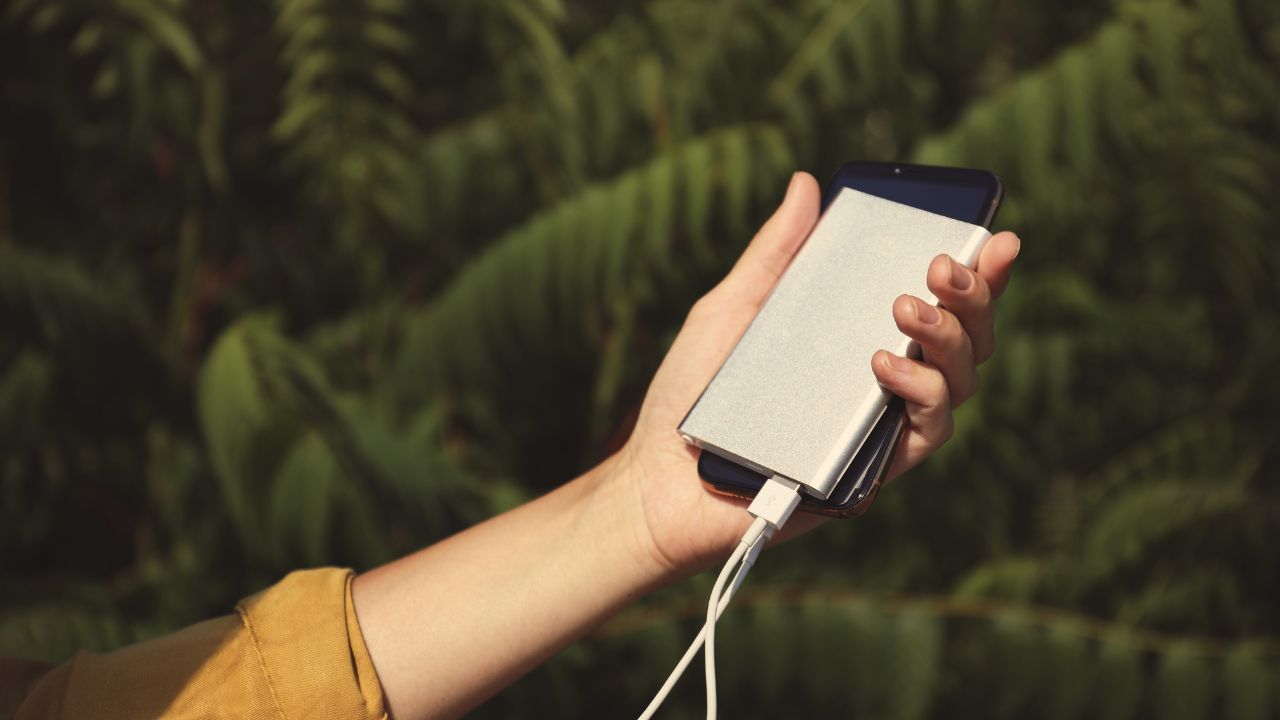
Tips On How To Choose a Power Bank for Backpackers!
Get the rundown on how to choose a power bank for backpackers. Keep your devices charged and capture every adventure!
If you're reading this, you're probably planning your next backpacking adventure. As much as we love the idea of disconnecting from technology and immersing ourselves in nature, let's be real: our devices are essential parts of our journeys.
They help us navigate unfamiliar terrain, capture beautiful memories, and stay connected with loved ones back home. This is where a power bank comes in handy.
But how do you choose the right one? In this blog post, we'll guide you on how to choose a power bank for backpackers.
Disclosure: We only recommend things we’ve personally used or come highly recommended by trusted peers. Using one of our referral links might give us a small commission which helps support this website at no additional cost to you. If you’d like to learn more check out our disclaimer page.
Why Do Backpackers Need a Power Bank?

In today's digital age, even the most adventurous explorers rely on technology.
Whether it's for capturing moments with a digital camera, navigating uncharted territories with GPS, or keeping loved ones updated via smartphone, these devices have become as essential as a good pair of hiking boots.
But unlike your trusty footwear, electronic devices run on battery power, which can quickly drain when you're out in nature, away from electrical outlets. That's where power banks come into play.
It provides that crucial backup when your device's battery hits the red zone, ensuring you're never left stranded without power.
But why is this particularly important for backpackers? Here are a few reasons:
Emergency Situations
While we hope it never comes to it, emergencies do happen. In such situations, having a charged phone can be vital for contacting rescue services or using survival apps. A power bank ensures your phone stays powered up, even after several days without access to traditional charging sources.
Navigation and Communication
Modern backpacking often involves using GPS apps for navigation or messaging apps for keeping in touch with fellow travelers or loved ones back home.
These applications can be quite power-hungry, draining your device's battery life faster than usual. With a power bank, you can use these apps without worrying about running out of juice.
Capturing Memories
Backpacking trips often take us to breathtaking places that we want to capture and remember forever. However, cameras, especially digital ones, can consume a lot of power.
Having a power bank ensures you won't miss capturing that spectacular sunset or rare bird because your camera's battery died.
Multiple Devices
Many backpackers carry more than one device – a phone, a camera, a tablet, a headlamp, or even a drone.
Each of these devices needs charging. A high-capacity power bank can charge multiple devices simultaneously, reducing the need to carry separate chargers for each device.
Understanding the importance of a power bank for backpackers is the first step toward choosing the right one. It not only provides the convenience of keeping your devices powered but can also be a lifeline in unexpected situations.
Understanding Power Bank Capacity
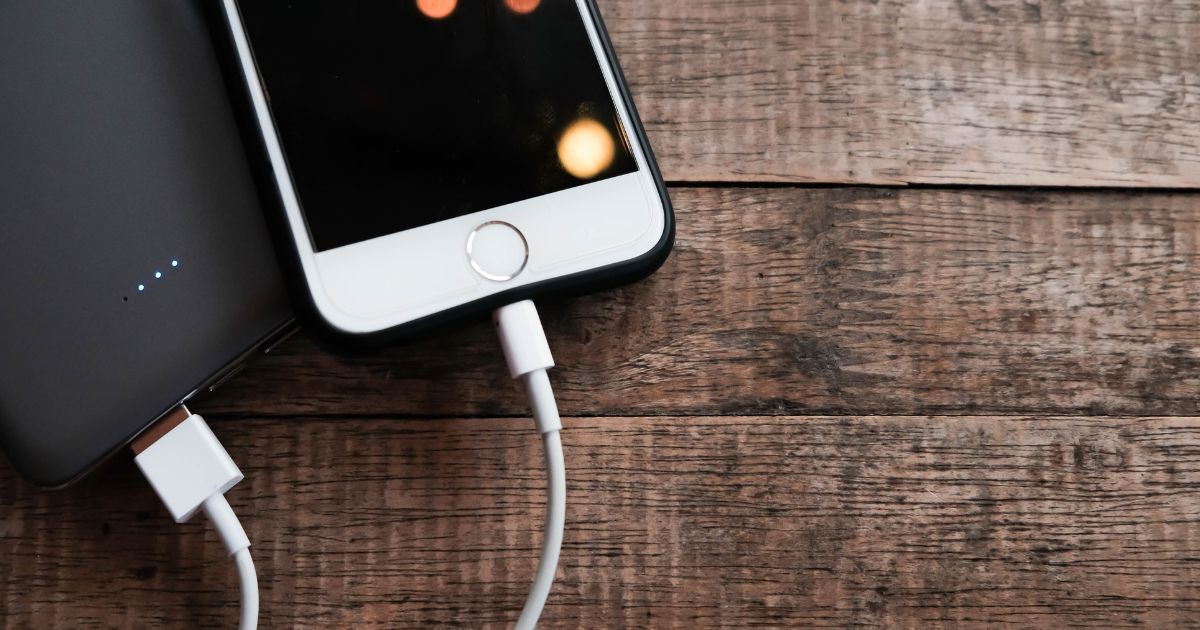
Now, let's get into the nitty-gritty: power bank capacity, measured in milliampere-hours (mAh).
- Think of mAh as the fuel in your car's tank. The higher the mAh, the more 'fuel' or charge the power bank holds.
But here's the catch: a higher mAh doesn't always mean better. For instance, a 20000mAh power bank can charge your phone twice as many times as a 10000mAh one.
- However, it's also likely to be heavier and bulkier. If you're backpacking, the last thing you want is unnecessary weight. It's all about finding the right balance between capacity and portability.
Remember that these are rough estimates. The actual charging efficiency can be affected by factors like the power bank's age, temperature, and the device you're charging.
Deciding on the right power bank capacity will depend on your specific needs and circumstances. In the next sections, we will delve deeper into other factors you need to consider when choosing a power bank for backpacking. So, stick around!
Factors to Consider When Choosing a Power Bank for Backpacking
When it comes to choosing a power bank for backpacking, there's more to consider than just capacity. So let's dig into some other crucial factors.
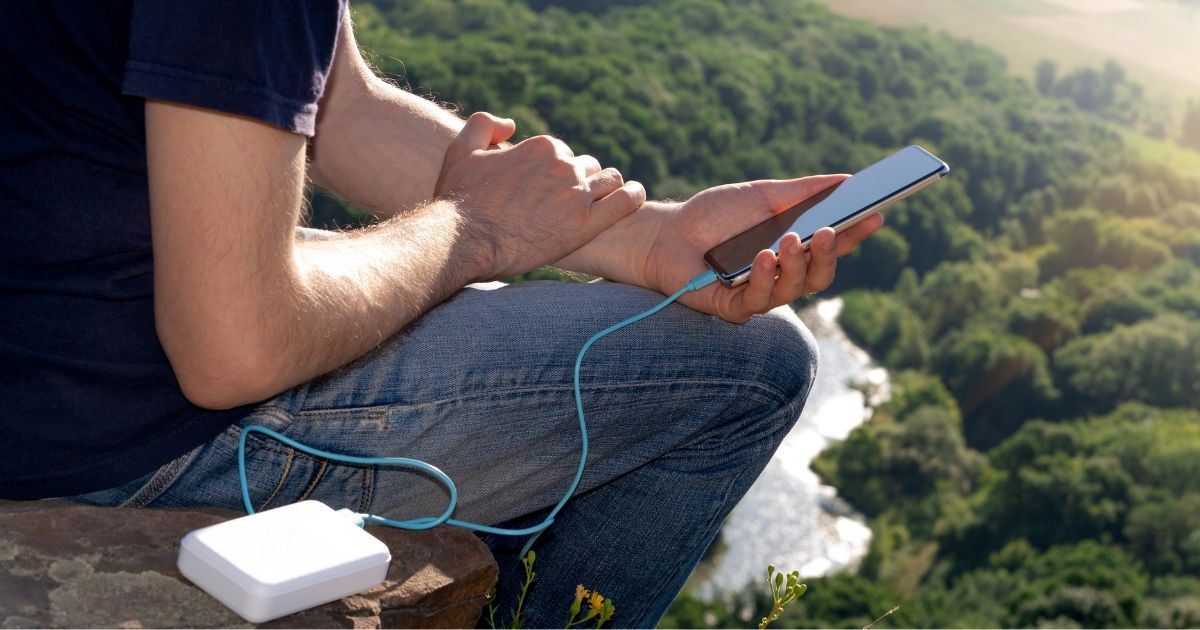
Portability and Weight
Backpacking is all about traveling light. You want a power bank that's compact enough to fit into your backpack without taking up too much space or adding unnecessary weight. Consider power banks that are slim and lightweight but still pack a punch in terms of capacity.
Durability
Being outdoors means your power bank will be exposed to various elements. Look for a power bank that's built to withstand outdoor conditions – think dust, rain, and the occasional drop. Some power banks feature rugged construction or water-resistant properties, making them perfect for any adventure.
Capacity
We've touched on this earlier, but it's worth repeating: choose a power bank with a capacity that matches your device usage. If you're a heavy user or carry multiple devices, go for a higher capacity. But remember, more capacity usually means more weight.
Additional Features
Some power banks come with extra features that can be incredibly useful for backpackers.
- Solar charging, for example, allows you to recharge the power bank using sunlight – a fantastic feature when you're spending days away from a power outlet.
- Multiple ports mean you can charge more than one device at a time.
- Fast charging is another feature to look out for if you want to juice up your devices quickly.
- A built-in flashlight is another feature that will likely come in handy.
Top Power Banks Recommended for Backpacking in 2023
Now that you know what to look for, here are our top picks for the best power banks for backpacking in 2023:
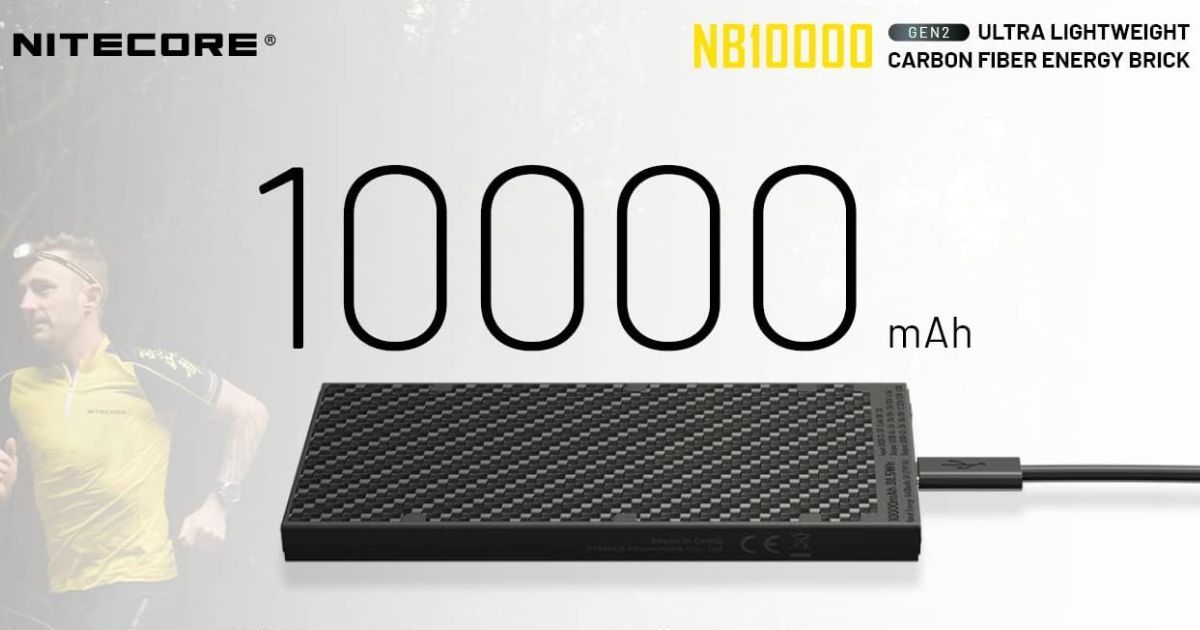
- Nitecore NB10000: Ultra-lightweight and durable, this power bank is perfect for those who prioritize portability. However, its 10000mAh capacity might not be enough for heavy users.
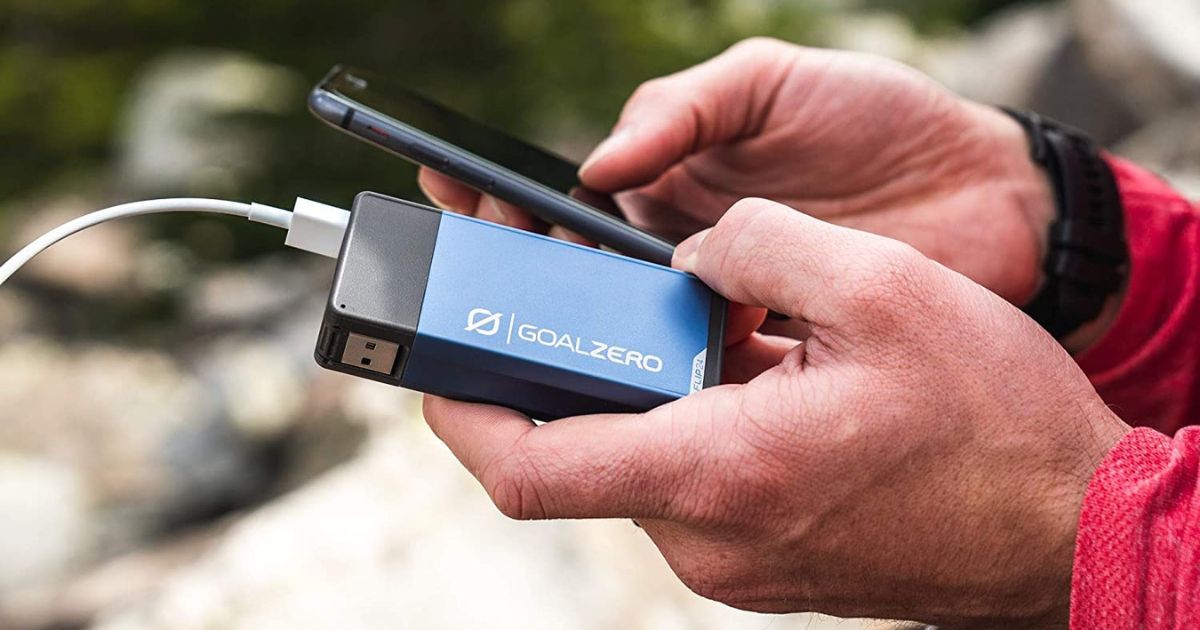
2. Goal Zero Flip 24: This compact power bank stands out with its built-in USB plug, eliminating the need for carrying a separate cable. But keep in mind that it only has a 6700mAh capacity, so it's better suited for light users, or 1-2 night trips.
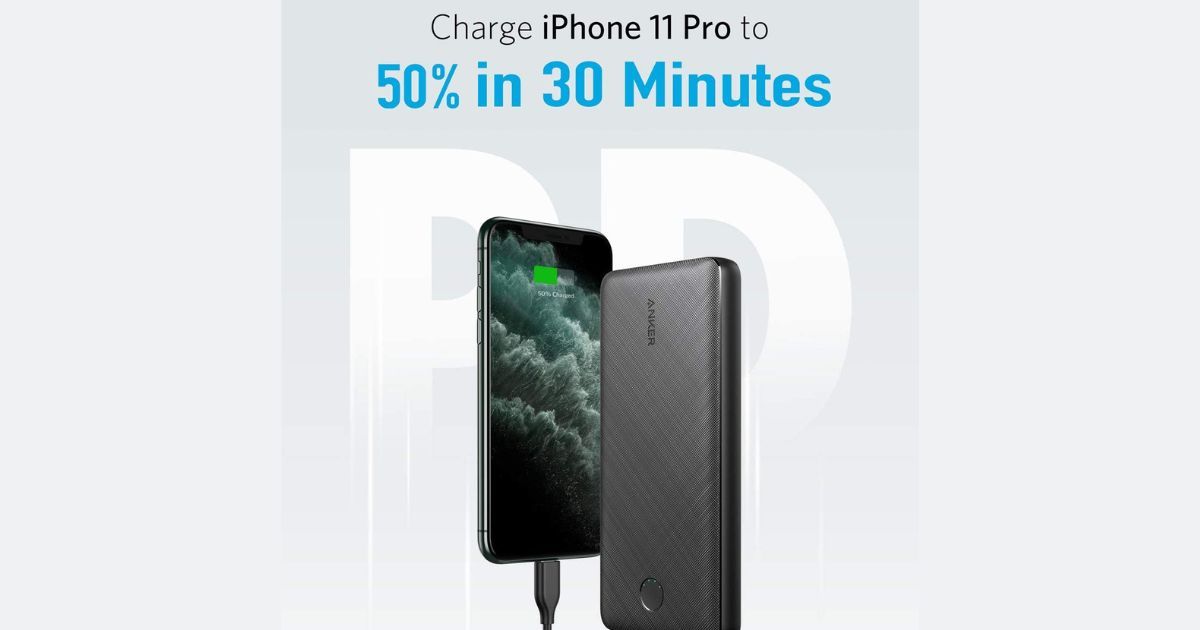
3. Anker PowerCore Essential 20000: With a whopping 20000mAh capacity, this power bank is great for long trips or heavy users. It's a bit bulkier than the others, but its high capacity makes up for the size.
Remember, each power bank has its pros and cons. Choose one that best fits your backpacking style and device needs.
How to Maximize the Use of Your Power Bank While Backpacking
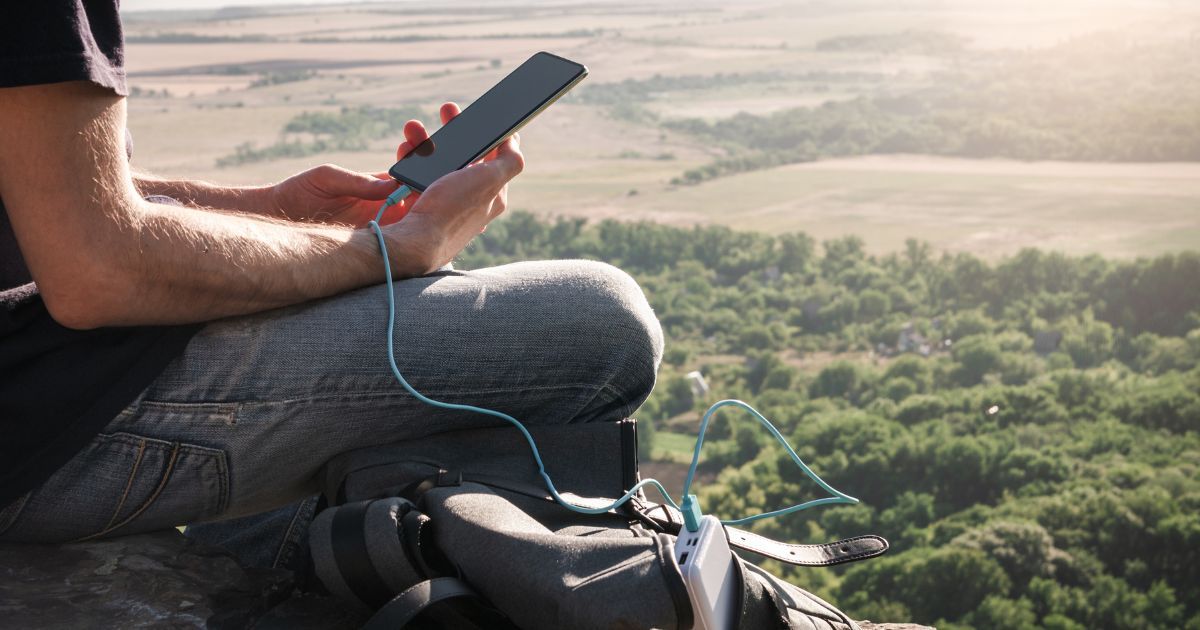
A power bank is a backpacker's best friend. But like any good friendship, it requires care and smart choices to make the most out of it. Here are some tips on how to maximize power bank use for backpacking:
Optimize Your Devices
Before you even start using your power bank, optimize the devices you'll be charging. Lower your screen brightness, close unnecessary apps, and switch on battery-saving modes. This way, your device will consume less power and require less frequent charging.
Charge Smart
Power banks work best when you let your device's battery level drop down a bit before plugging in. Constantly topping up your phone when it’s only lost a little power can make your power bank drain faster.
Keep It Cool
Like all batteries, power banks are sensitive to heat. High temperatures can affect the battery's performance and shorten its lifespan. Store your power bank in a cool place and avoid leaving it under direct sunlight.
Use the Right Cable
Using a low-quality or incorrect cable can affect the charging speed. Always use the cable that came with your power bank or one that's of equal quality.
Maintain Your Power Bank
Even when not in use, it's important to charge your power bank every few months. Batteries gradually lose charge over time, and keeping them topped up helps maintain their performance.
Know When to Disconnect
Don't leave your devices plugged into the power bank once they're fully charged. Overcharging can generate heat and affect both your device's and the power bank's battery health.
Consider Solar
If you're backpacking for several days, consider a solar-powered bank. While solar charging is slower, it can be a great backup for keeping your power bank charged when outlet options are scarce.
Remember, a power bank is an investment in your backpacking experience. With these tips, you can extend its life and ensure it serves you well on many adventures to come.
Power Bank Backpacking FAQs
To further assist you on your journey to find the perfect power bank, let's tackle some of the most common Power Bank Backpacking FAQs:
What size power bank do I need for traveling?
The size of the power bank you need depends on your device usage and the length of your trip.
If you're a heavy user or will be away from a power source for several days, consider a power bank with a higher capacity (20,000 mAh or more).
If you're a light user or have frequent access to power outlets, a lower-capacity power bank (10,000 mAh or less) should suffice.
Q: Is a 20000mAh power bank allowed in flight?
Yes, a 20000mAh power bank is generally allowed in carry-on luggage on flights. However, airlines often have restrictions on the lithium content of power banks, typically not exceeding 100Wh. Always check with your airline before flying.
Which is better 20000mAh or 10000mah?
Choosing between a 20000mAh and a 10000mAh power bank depends on your specific needs.
A 20000mAh power bank offers more charging capacity, making it ideal for heavy device users or those away from a power source for extended periods.
However, a 10000mAh power bank is generally lighter and more portable, suitable for those who need to charge their devices once or twice a day. Essentially, the choice boils down to your requirements regarding device usage and portability.
Bottom Line
Choosing the right power bank for backpacking can seem daunting with so many options available. But once you understand your needs and what to look for, you'll be well-equipped to make an informed decision. Just remember, to consider factors like weight, durability, capacity, and additional features.
Backpacking is all about embracing the unknown and making memories along the way. With the right power bank, you'll be ready to capture every moment without worrying about running out of battery. Happy trails!
We'd love to hear from you! Do you have a favorite power bank for backpacking? Or perhaps some tips on how to maximize power bank usage on the trail?
Feel free to share your power bank backpacking experience in the comments below. Your insights might just help another backpacker on their quest for the perfect power bank. Safe travels!
Recommended For You...
